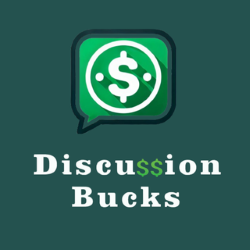You asked a good question.

It all comes down to competition. Digital-first solutions are now the norm, and businesses that don't adapt risk falling behind. People will always go with the most efficient choice, even when the manner we transport money is changing. Western Union was the preferred method of international money transfers prior to the emergence of cryptocurrency and fintech apps. But their fees were expensive, and it felt archaic to have to go to a physical place just to send or receive money.
Now, with digital banking, e-wallets, and blockchain-based transfers, people have faster, cheaper, and more convenient options. GCash, a popular e-wallet in the Philippines, is also rolling out international sending options, though they’re not available yet. Still, I can already receive Western Union transfers through my GCash e-wallet account and my GoTyme Bank account—all I need are my name and the transaction ID. Same with PayPal, which I can link to GCash and my GoTyme Bank account to transfer money straight to my account.
Without having to wait in line at a physical bank location, I was even able to cash a check in a matter of hours both online and digitally to my GoTyme Bank account. Furthermore, I may use my GCash e-wallet account or my Pay Maya e-wallet account—another well-known e-wallet in the Philippines—to immediately withdraw money from a nearby "tindahan" or "sari-sari" store. There's no need to wait in line or visit a bank. Innovation in general, not just cryptocurrency, is Western Union's issue. People will always choose the most convenient method of sending and receiving money since the world has shifted to simpler, digital-first solutions.

